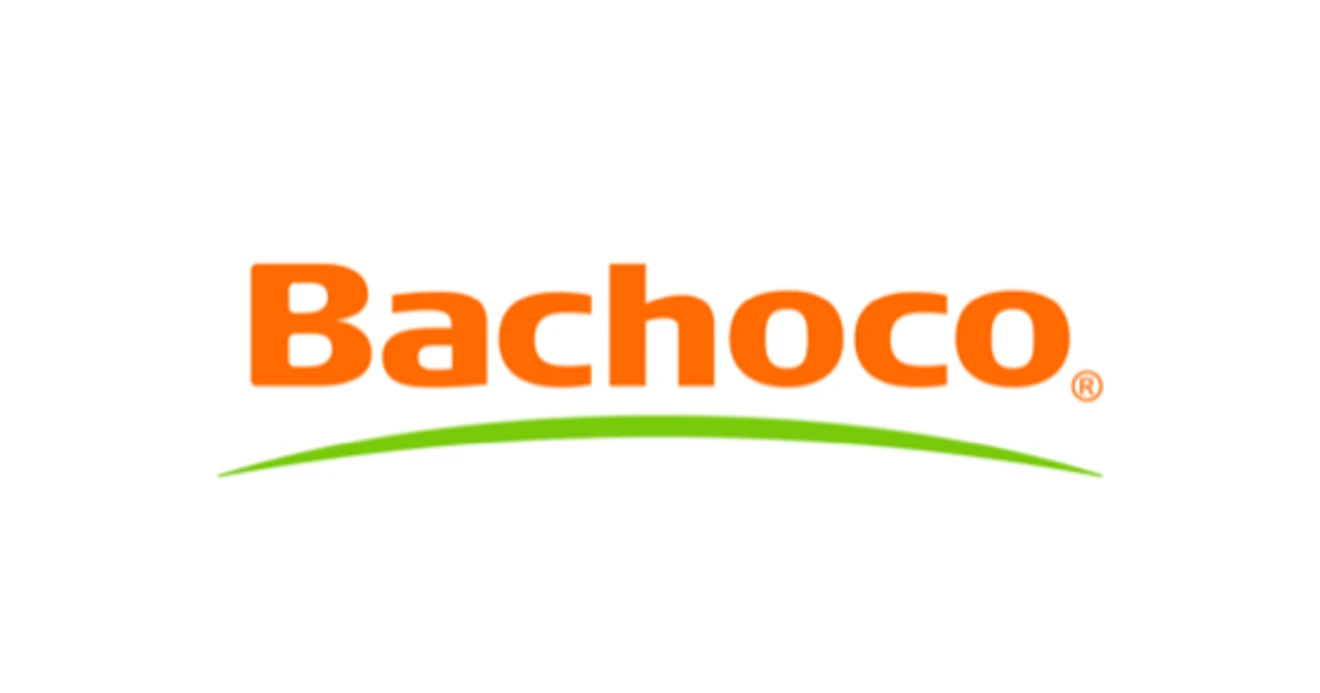Industrias Bachoco SAB de CV
Key Information
HQ:
Mexico
Market Cap:
$2.71bn
Primary Markets:
North America, LATAM
Business Type:
Protein Producer
Company Information
Company Summary
Bachoco is a vertically integrated company with operations in Mexico and the US, with its headquarters located in Celaya, Guanajuato, Mexico. Bachoco operates through two segments: poultry and others. The poultry segment consists of chicken and egg operations. The others segment includes the operations of pigs, balanced feed for animal consumption and other by-products.
Revenue
Total revenue:
$4.9bn
Revenue by Geography
Revenue by Protein
Revenue by Product Type
Disclosures
CDP ScoresLast Reviewed: 16/10/2024
| CDP Climate | CDP Forests | CDP Water |
|---|---|---|
| Yes | No | Yes |
Science Based Target initiativeLast Reviewed: 16/10/2024
| Target classification | Status | Date |
|---|---|---|
| Has not set SBT | - | - |

